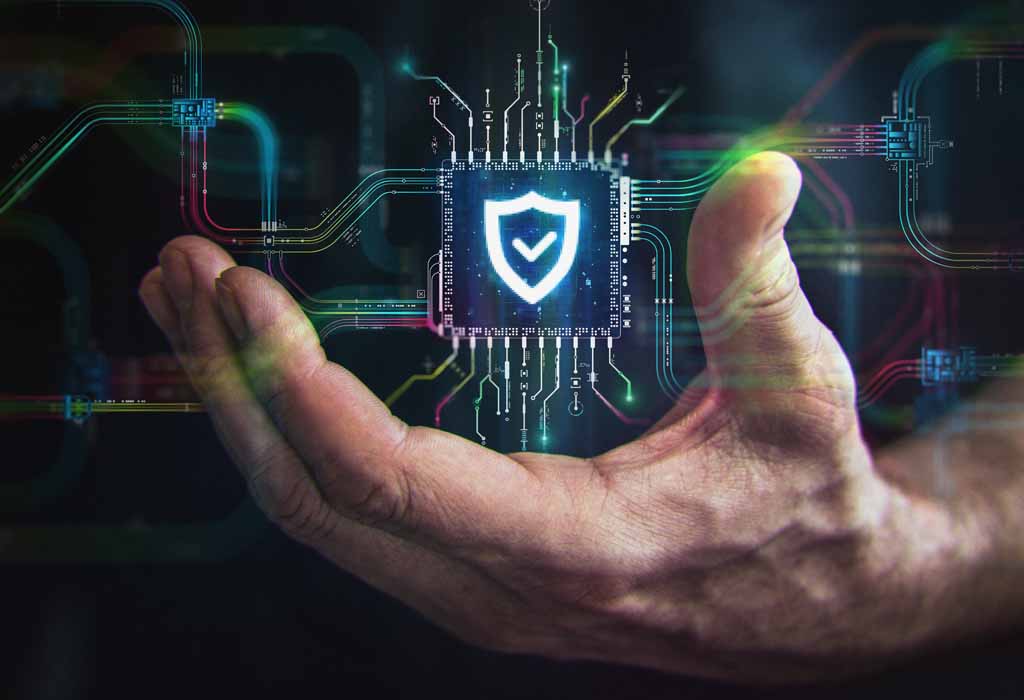The way organisations think about risk is evolving, but not fast enough. Cyber security has become a top concern for many boards, yet physical risks are still often viewed as operational issues rather than strategic ones. That perception needs to change.
Physical risks can have a cascading effect on business operations, reputation, and revenue. A single incident can interrupt production, compromise data, or put people at risk. As the number of physical incidents continues to rise, organisations need to give these risks the same attention and governance that cyber threats receive.
For senior leaders, this means recognising that physical risk management is not just about security. It is about resilience, continuity, and the ability to sustain operations under pressure.
What is a Physical Security review
A Physical Security Review is a structured evaluation of how well an organisation’s physical environment protects its people, assets, and operations. It looks at both technical systems and human factors, assessing whether current measures are appropriate for the level of risk.
The review covers areas such as:
- Perimeter and access control
- CCTV and surveillance coverage
- Lighting and environmental design
- Visitor and contractor management
- Emergency and evacuation planning
- Staff training and awareness
- Integration between physical and cyber security systems
The goal is to provide a clear, evidence-based view of where vulnerabilities exist and what actions are needed to strengthen protection.
Why Physical Security Reviews matter more than ever
1. Physical Risks are now enterprise risks
A breach of physical security is no longer a local issue. It can disrupt operations, damage reputation, and lead to significant financial loss. These are enterprise-level consequences that demand executive oversight.
A well-executed Physical Security Review helps leadership understand the true exposure of their organisation. It provides the data and context needed to make informed, risk-based decisions about investment and responsibility.
2. Strengthening organisational resilience
Resilience is not only about recovering from an incident but about being prepared to operate through one. A Physical Security Review identifies weaknesses that could hinder continuity and offers practical ways to build capacity to withstand disruption.
It connects security planning with broader business continuity and crisis management frameworks, ensuring the organisation can respond effectively and maintain essential operations.
3. Bridging the gap between Physical and Cyber risk
In modern environments, physical and cyber risks are deeply connected. A compromised physical space can lead to a digital breach, just as a cyber incident can affect safety systems or access controls.
Toro’s Physical Security Review looks at both sides of this relationship. It ensures that physical protections align with digital controls and that incident response plans account for both types of threat.
4. Making risk visible to leadership
Physical risk is often underrepresented in board discussions because it can be harder to measure than digital threats. A structured review turns operational details into actionable intelligence. It helps translate day-to-day security issues into meaningful insights that leaders can act on, demonstrating good governance and due diligence.
Integrating Physical Security Reviews into enterprise risk management
The most resilient organisations treat physical security as part of their core risk management strategy. Regular reviews help maintain an accurate understanding of the threat landscape and ensure that controls remain effective as operations evolve.
Best practice includes:
- Conducting reviews annually or after significant organisational change
- Ensuring assessments are carried out by independent, vendor-neutral experts
- Linking review findings to enterprise risk registers and investment planning
- Integrating results with business continuity, health and safety, and cyber assessments
When approached this way, a Physical Security Review becomes a tool for continuous improvement rather than a one-off compliance exercise.
Embedding a Physical Security Review into your culture
A Physical Security Review is most effective when it becomes part of an organisation’s culture rather than a one-off exercise. Treating security as an ongoing discipline encourages teams to think critically about how day-to-day actions affect safety, access, and continuity. Regular reviews help staff at every level understand the purpose behind controls, rather than seeing them as barriers to efficiency. When findings are shared transparently, they can drive meaningful behavioural change and improve collaboration between departments such as facilities, IT, and human resources. Over time, this creates a shared sense of accountability for risk management and resilience. By embedding the outcomes of each Physical Security Review into training, procurement, and strategic planning processes, organisations strengthen both compliance and confidence. The result is a proactive approach to security that evolves with the business, ensures lessons are captured, and keeps leadership informed about emerging vulnerabilities. In this way, the Physical Security Review becomes more than an assessment it becomes a mechanism for continuous improvement and a cornerstone of a resilient organisational culture.
Final Thoughts
A Physical Security Review gives organisations the insight needed to understand their vulnerabilities and improve resilience. It is not about ticking boxes or adding more technology but about making sure that people, processes, and infrastructure work together to keep operations secure.
In a business environment where uncertainty and disruption are the norm, knowing how well your physical protections perform is essential. For leaders focused on stability, reputation, and continuity, now is the time to bring physical security into the heart of strategic decision-making.
